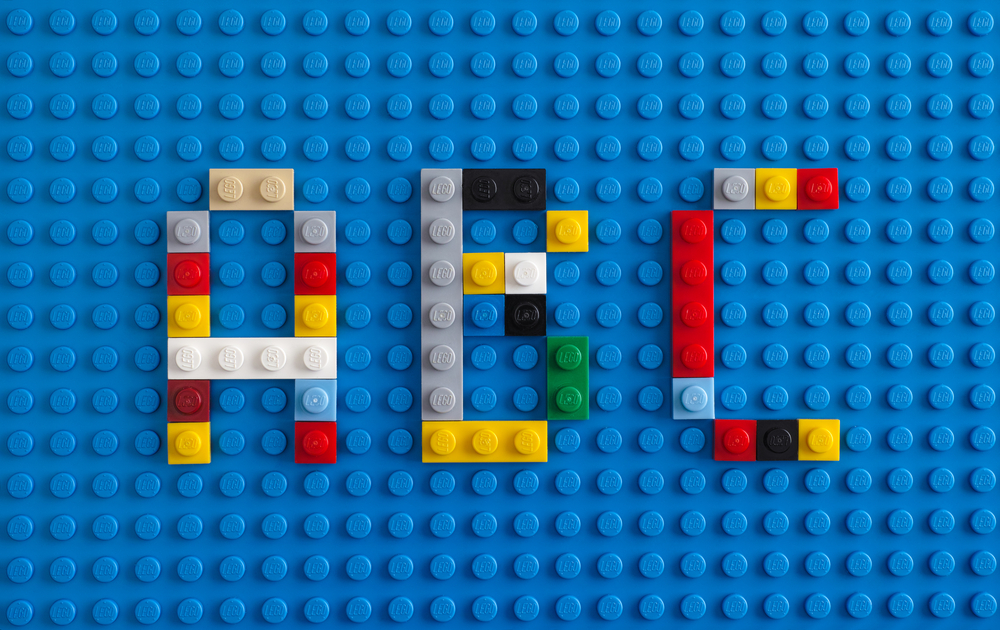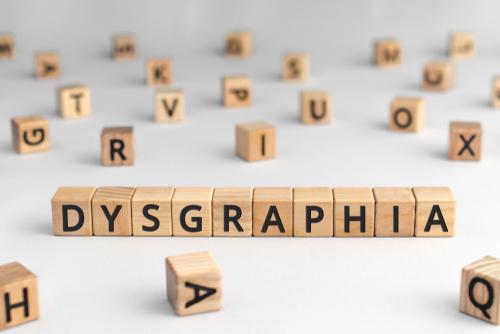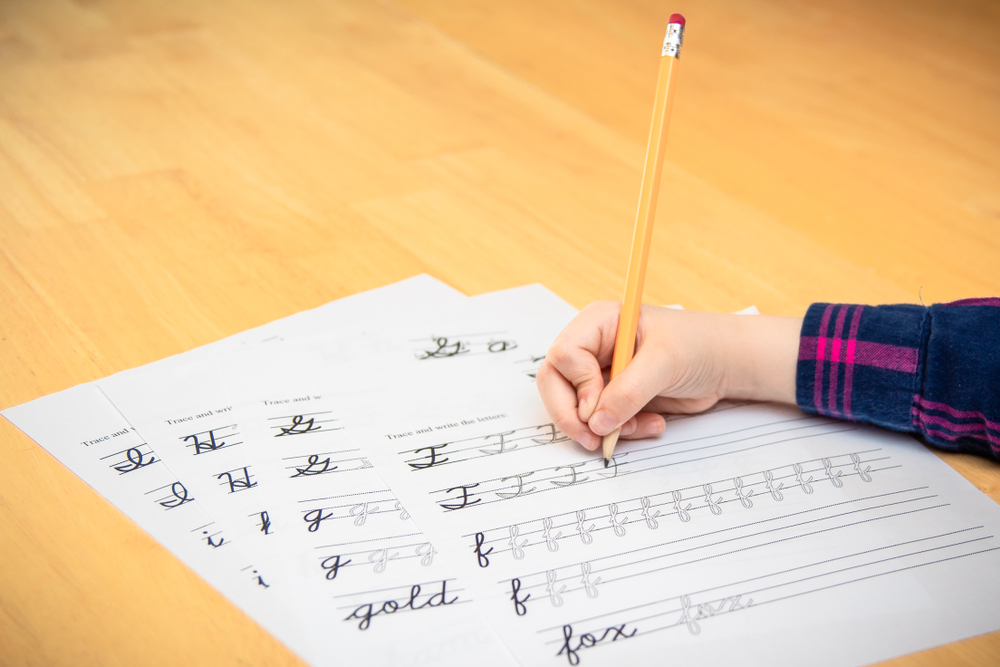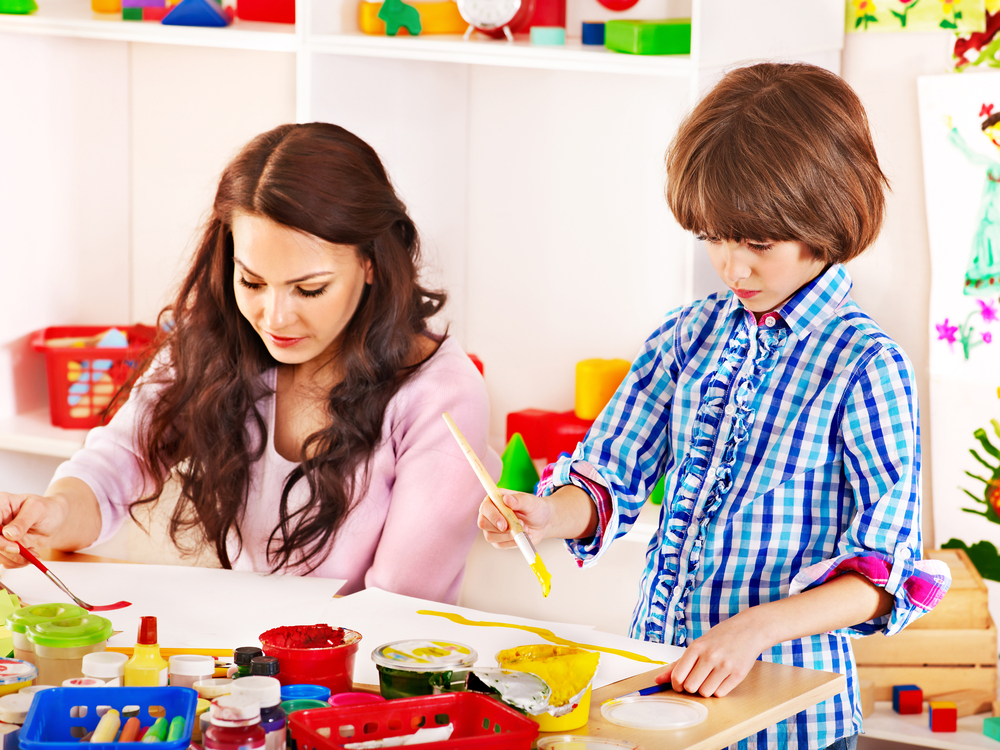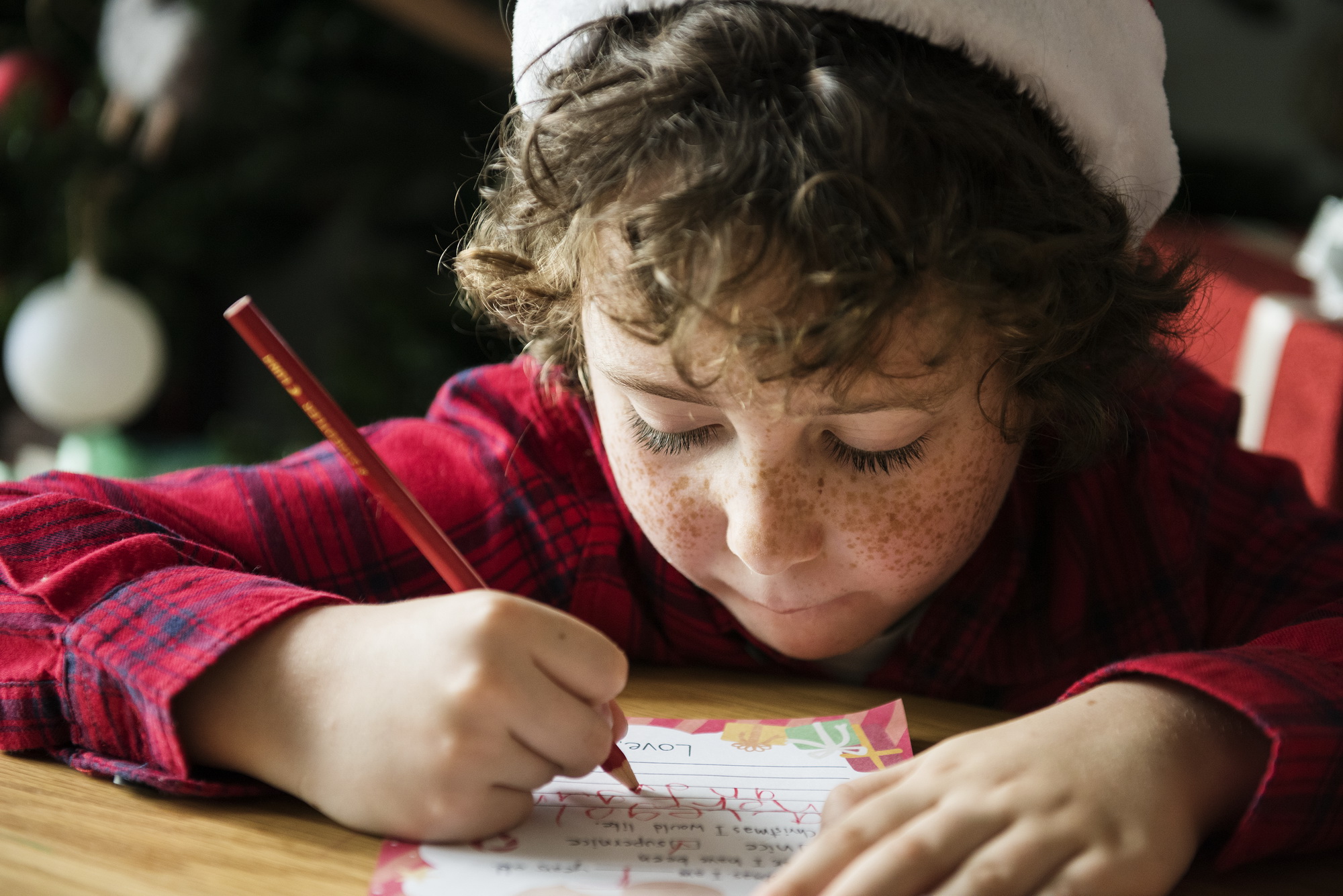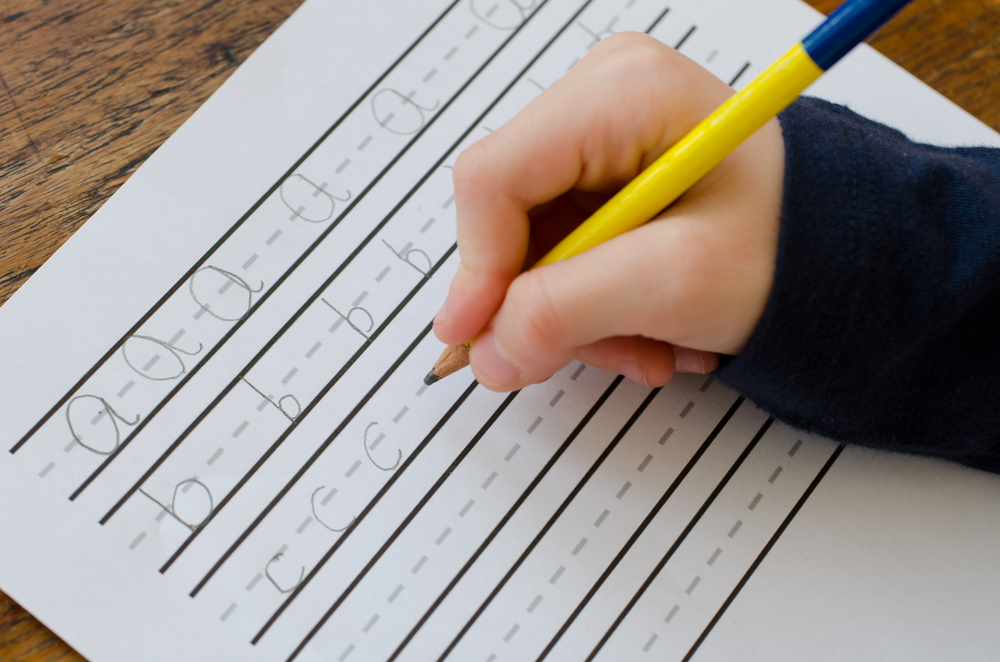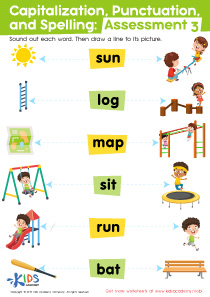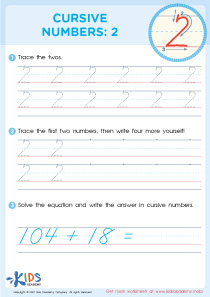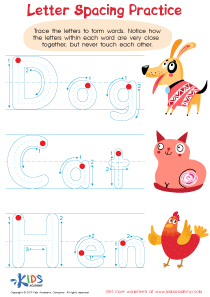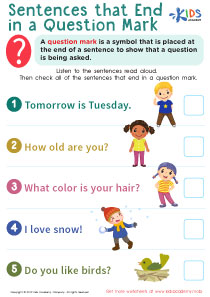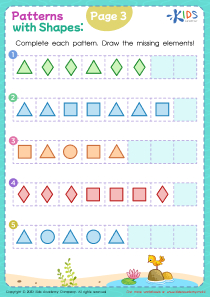Tracing Words Worksheets for Ages 3-7
42 filtered results
-
From - To
Nurture your child’s writing skills with our engaging Tracing Words Worksheets, designed specifically for ages 3-7. Our worksheets combine fun and education, encouraging young learners to trace and write words, enhancing their fine motor skills and letter recognition. Perfect for preschool to early elementary school levels, these activities make learning to write an enjoyable experience. Each sheet is thoughtfully crafted to boost confidence and creativity, preparing kids for more advanced writing tasks. Ideal for both classroom and at-home practice, our tracing words worksheets ensure kids build a robust foundation in writing as they trace, learn, and grow.
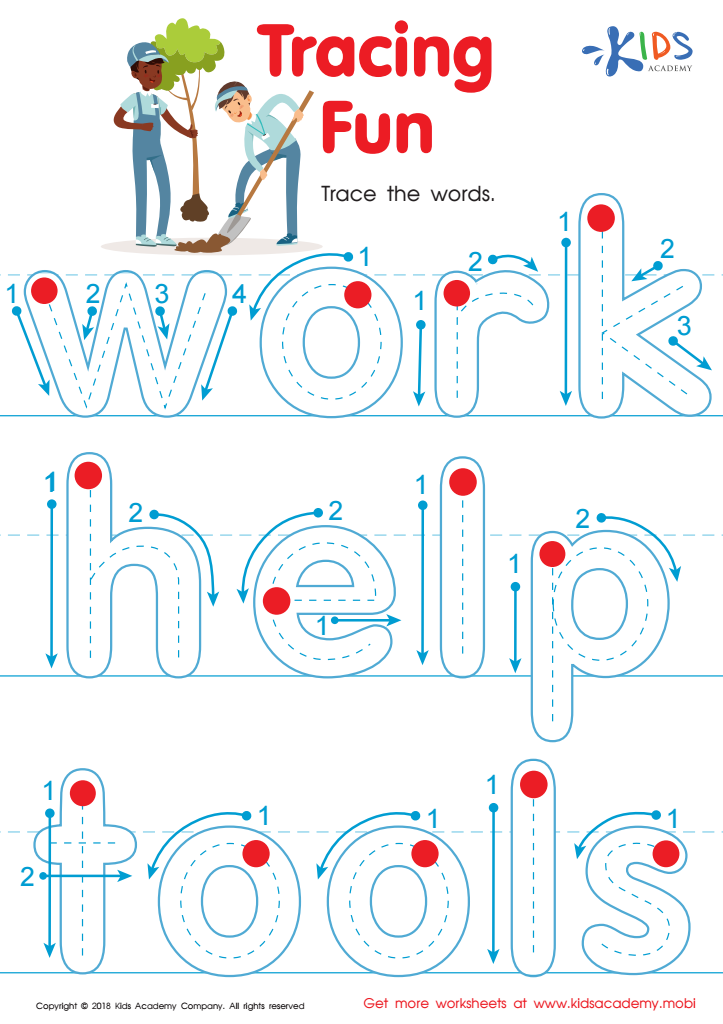

Tracing Fun Worksheet
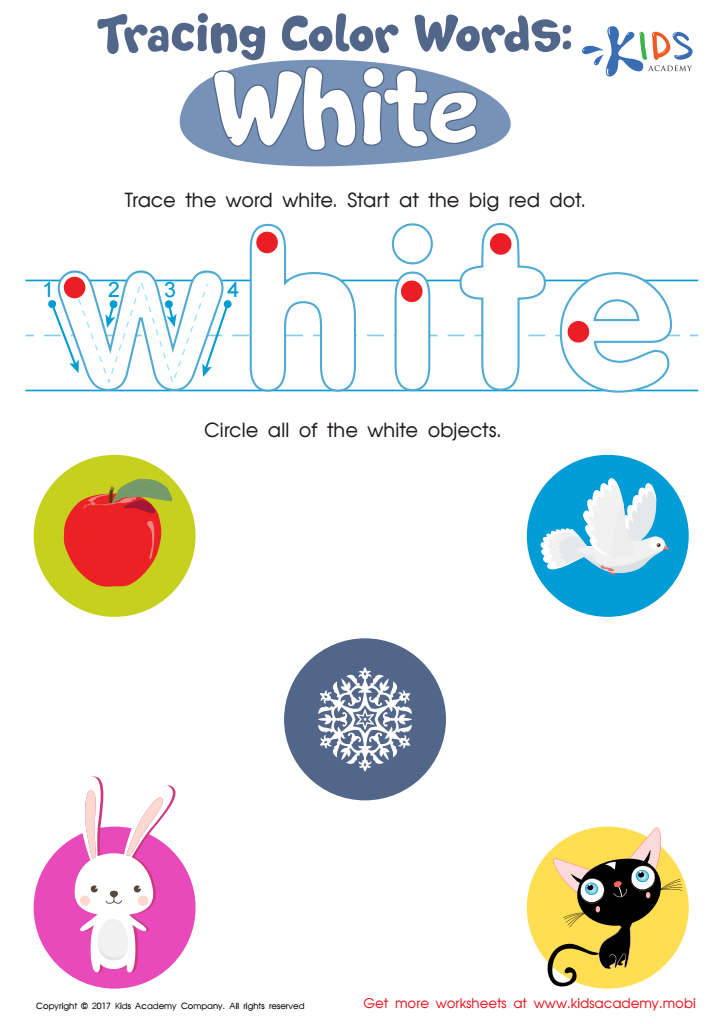

White Tracing Color Words Worksheet
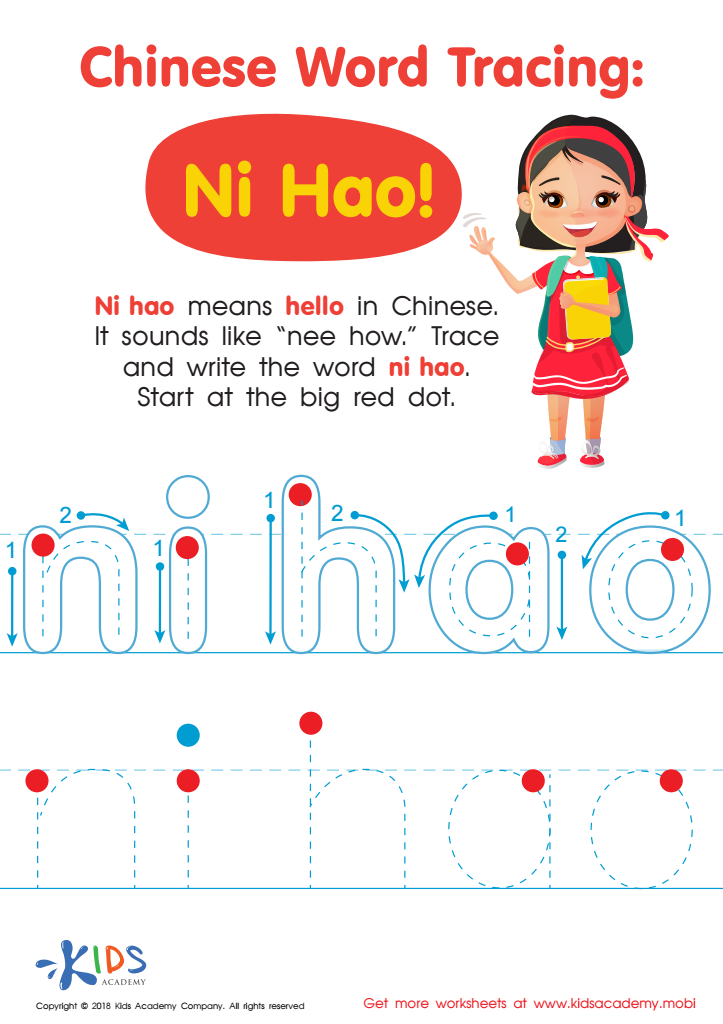

Chinese Word Tracing: Ni Hao Worksheet
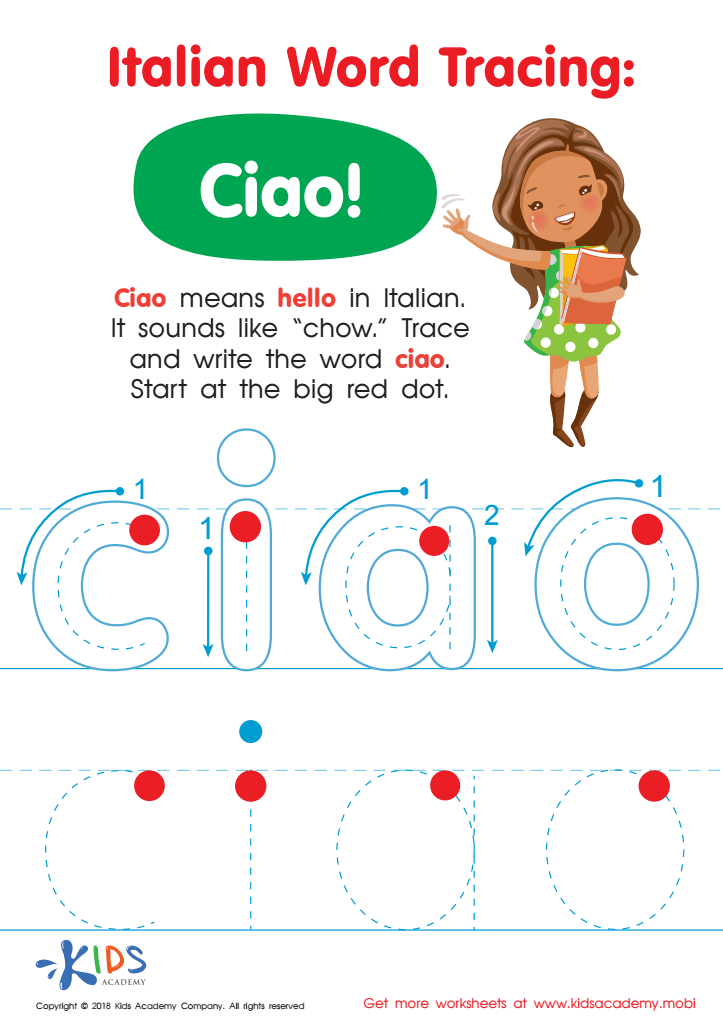

Italian Word Tracing: Ciao Worksheet
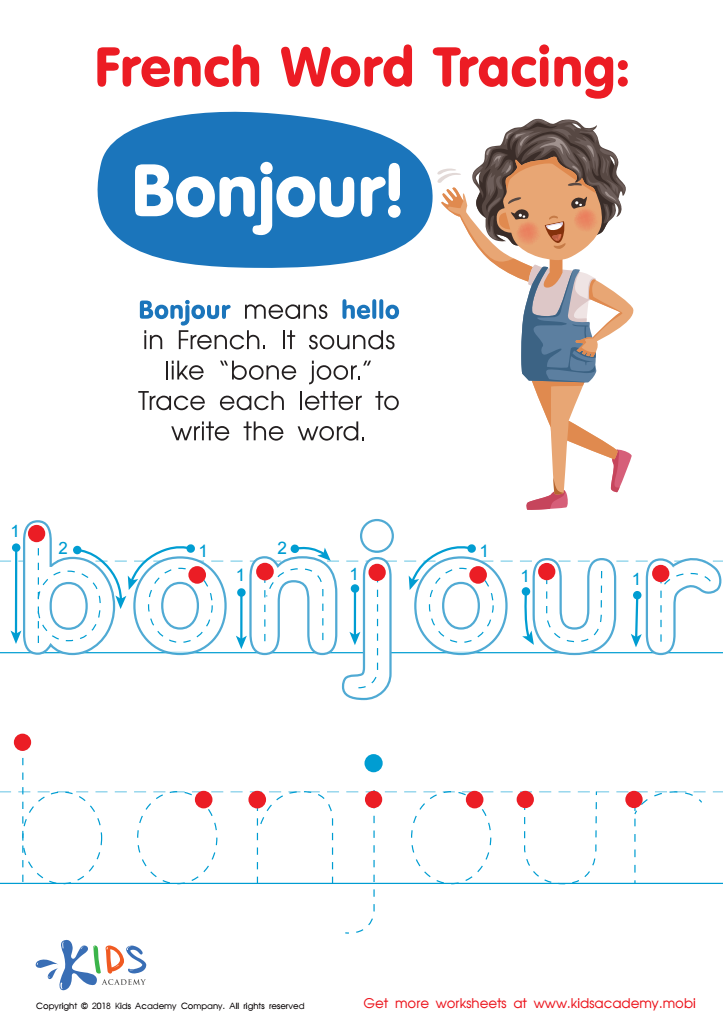

French Word Tracing: Bonjour Worksheet
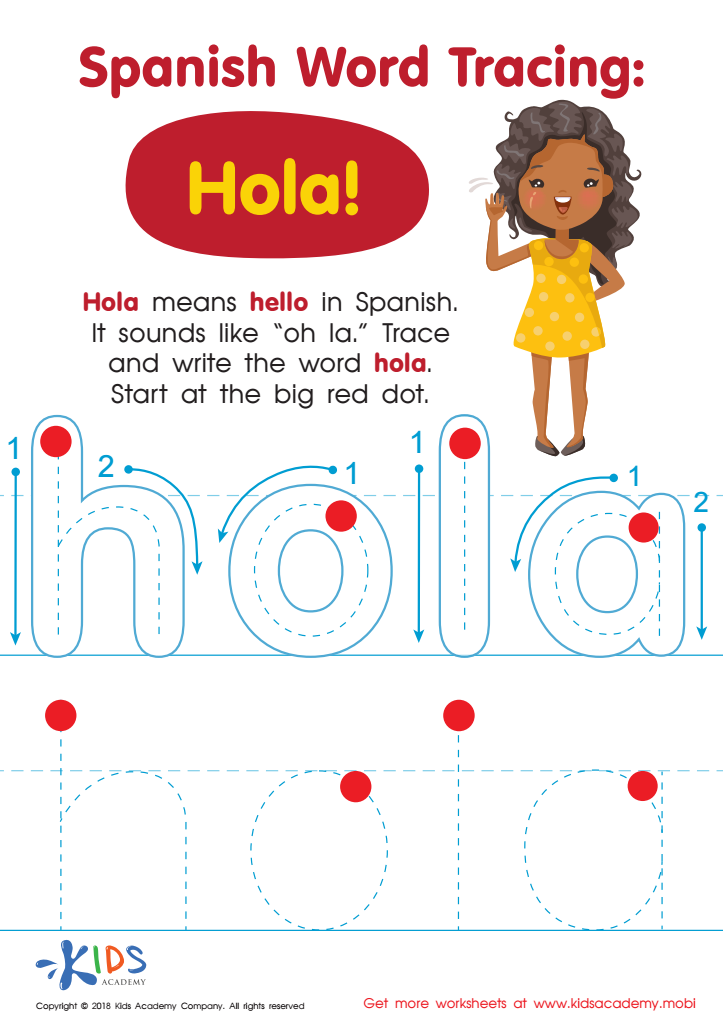

Spanish Word Tracing: Hola Worksheet
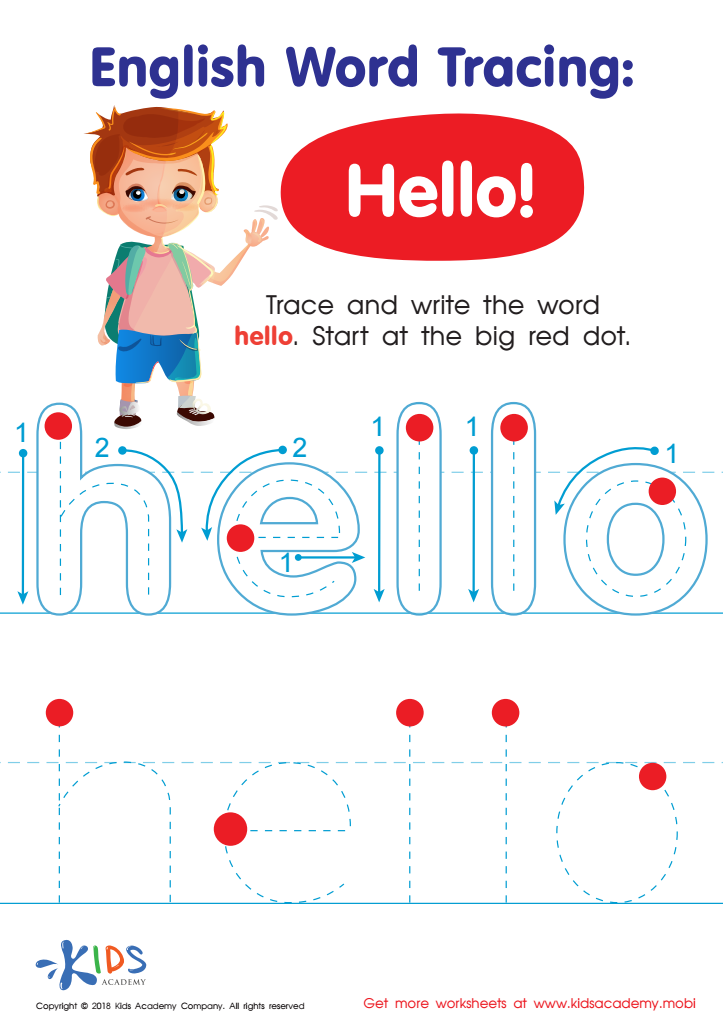

English Word Tracing: Hello Worksheet
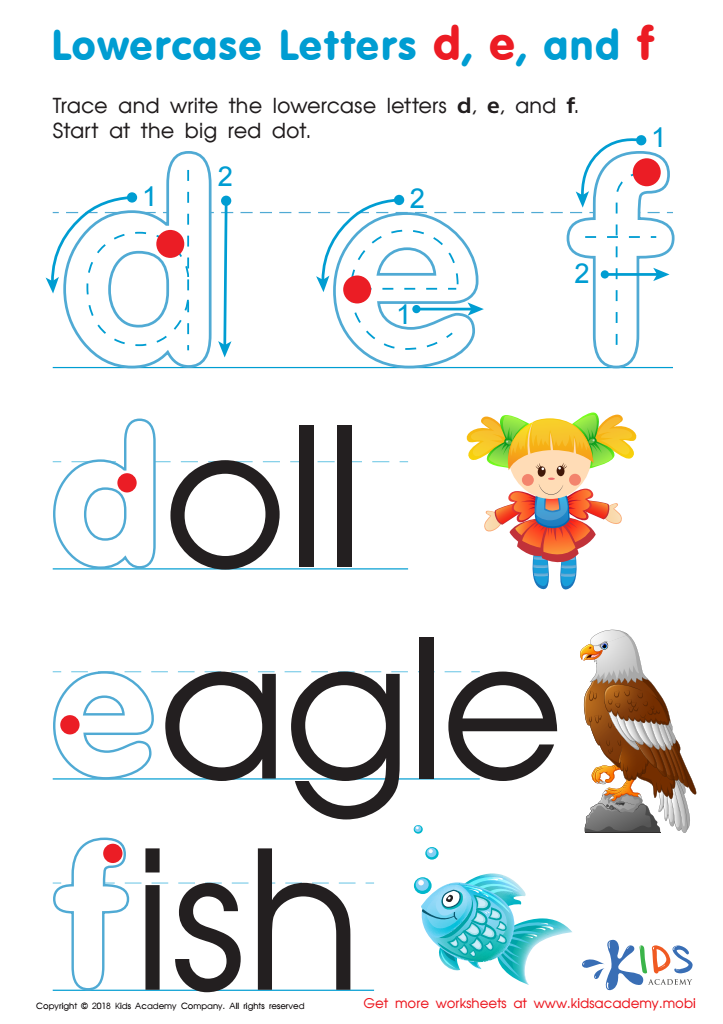

Lowercase Letters d e f Worksheet
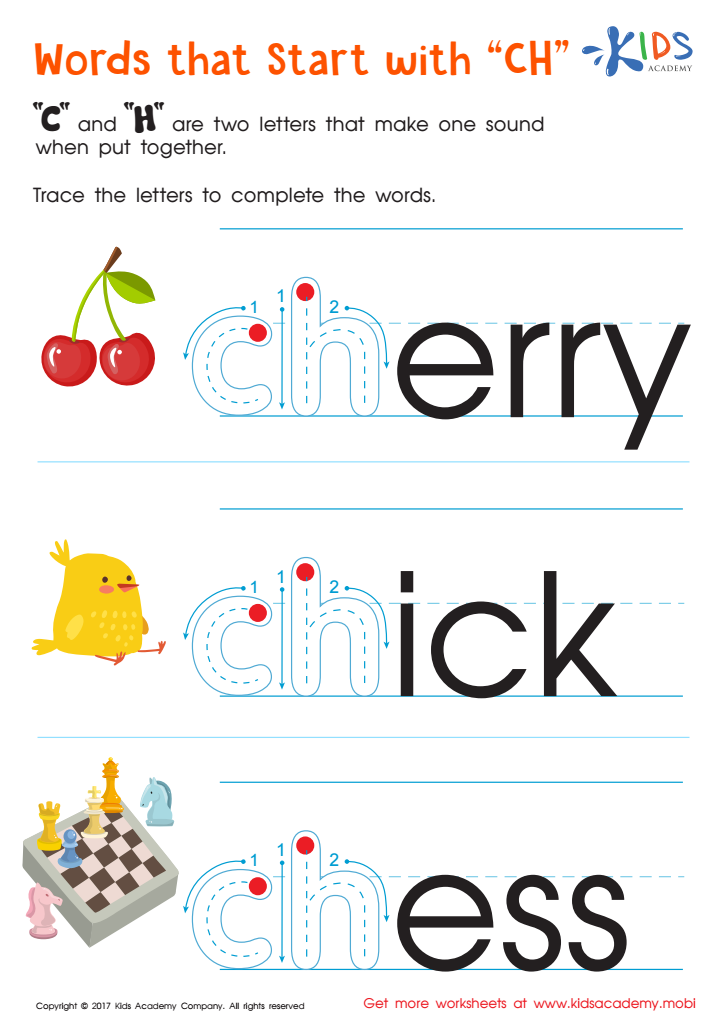

Words That Start with "ch" Spelling Worksheet
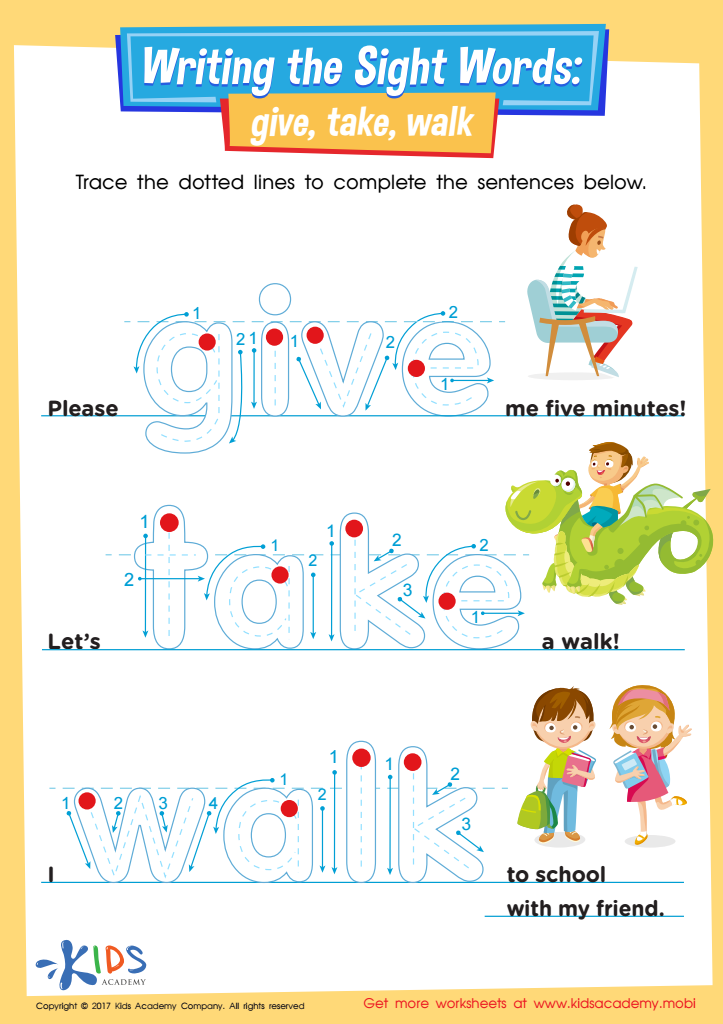

Give, Take, Walk Printable Sight Words Worksheet
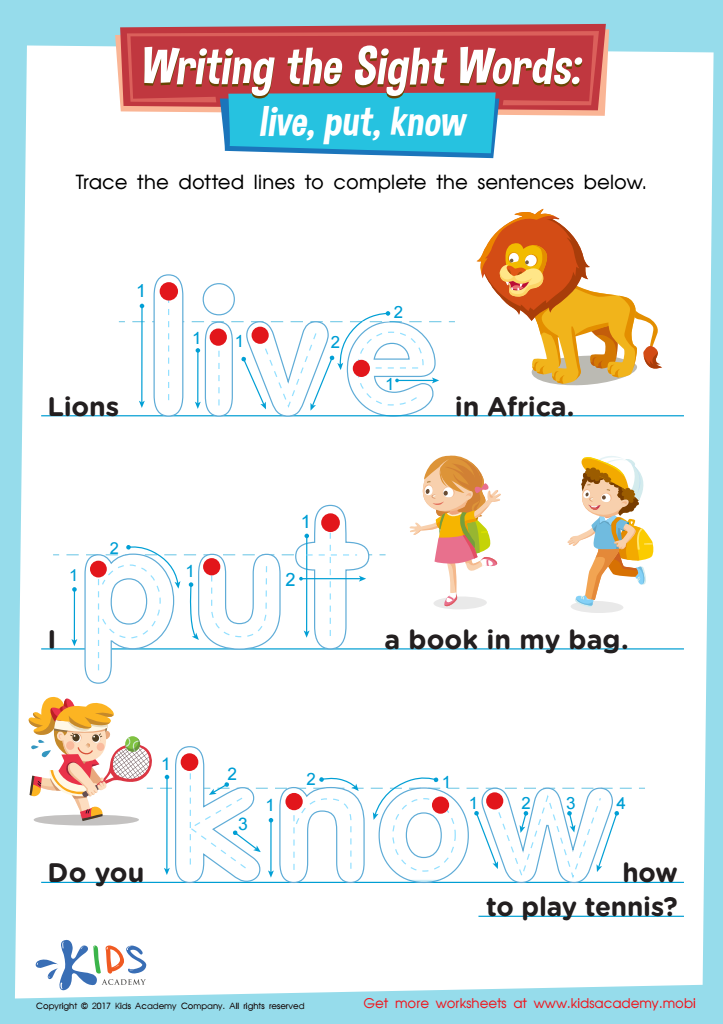

Live, Put, Know Printable Sight Words Worksheet
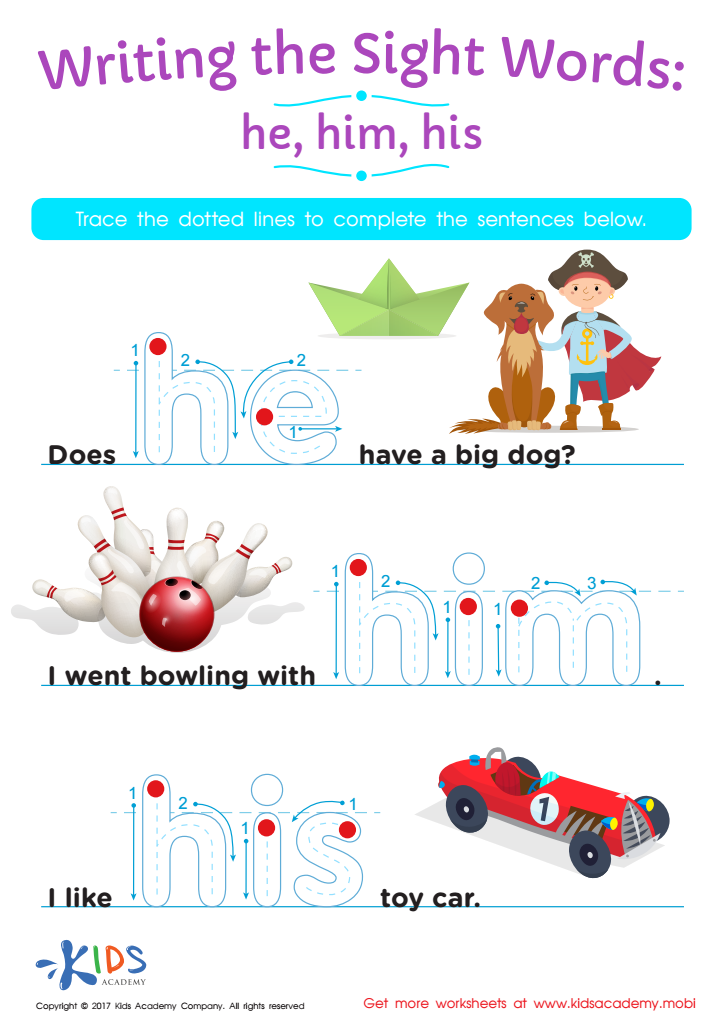

He, Him, His Printable Sight Words Worksheet
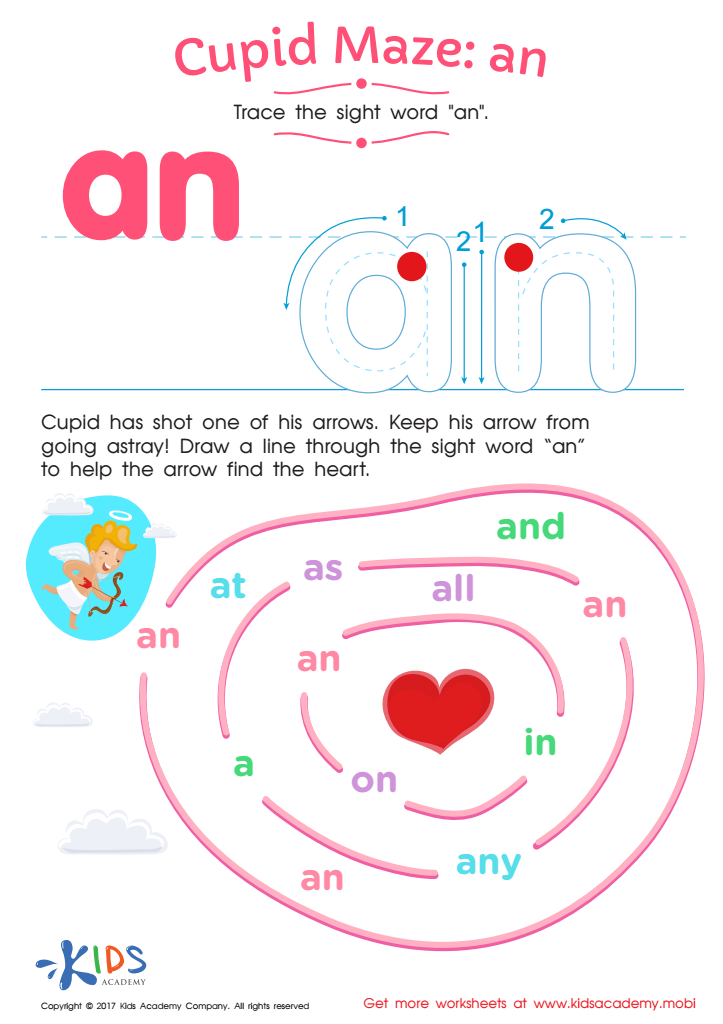

Cupid Maze: An Printable
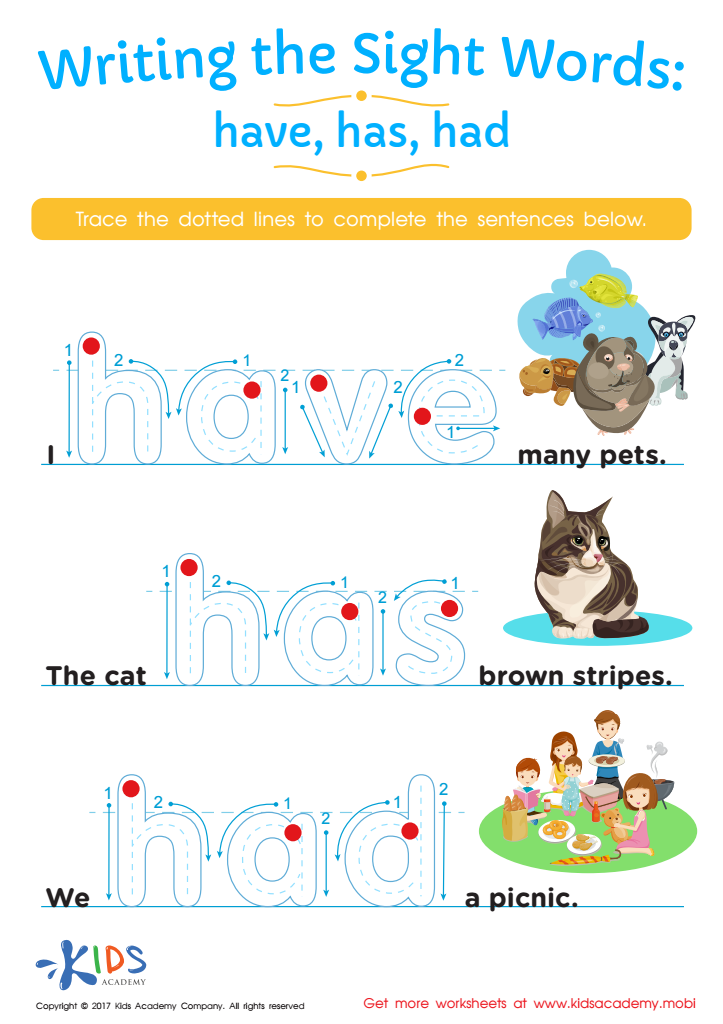

Have, Has, Had Worksheet Sight Words Worksheet
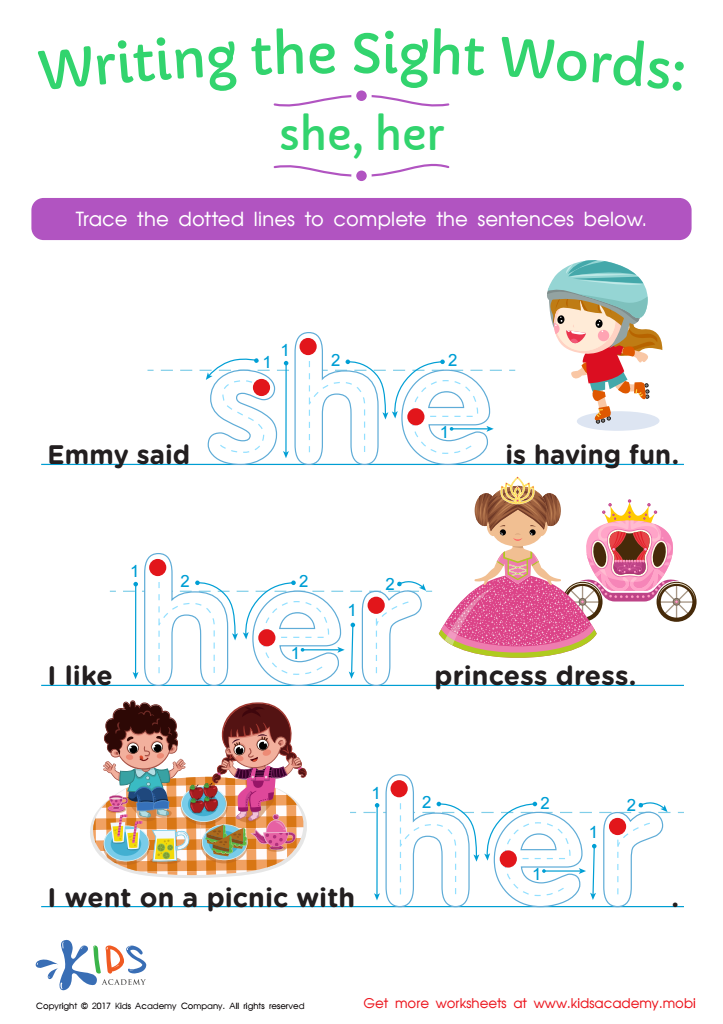

She, Her Printable Sight Words Worksheet
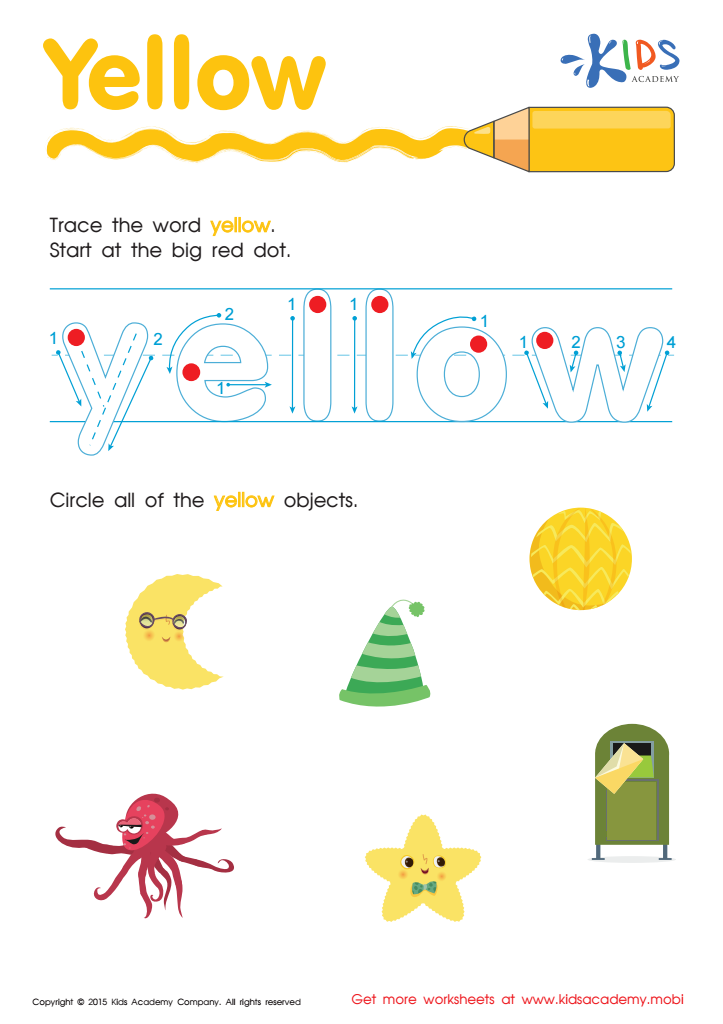

Yellow Tracing Color Words Worksheet
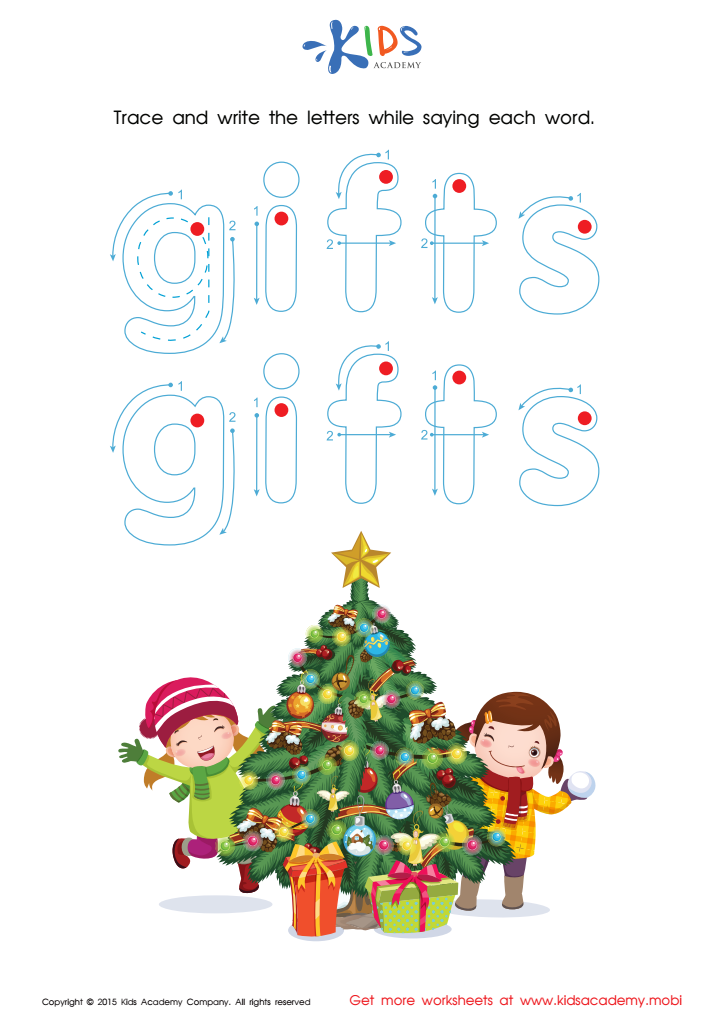

Christmas Tree Tracing Winter Words Worksheet
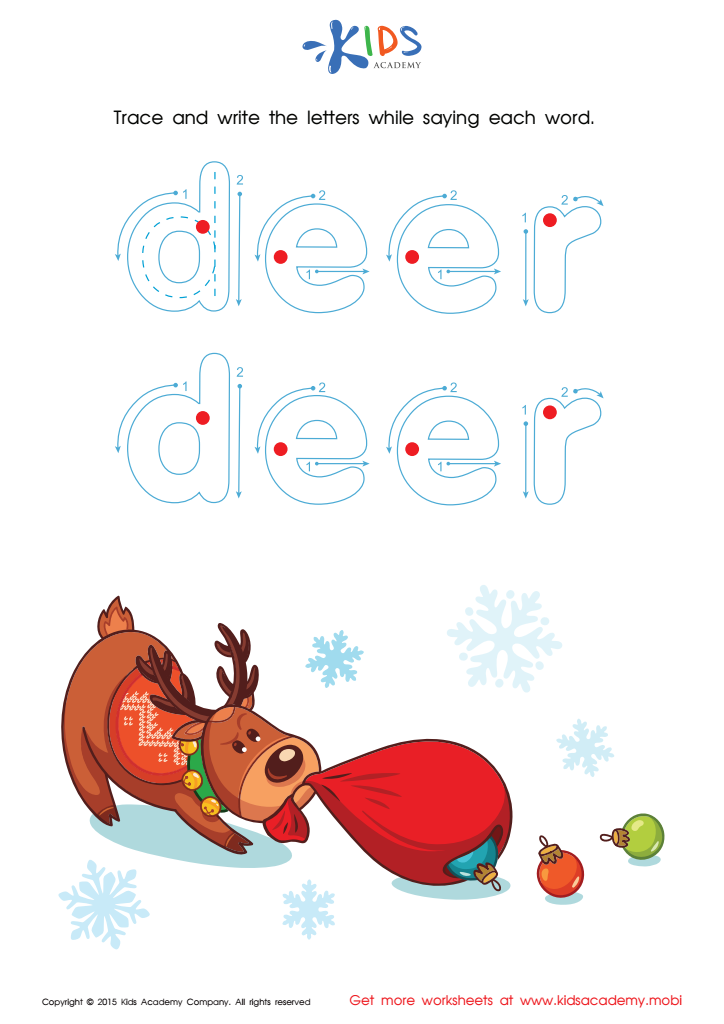

Deer Tracing Winter Words Worksheet
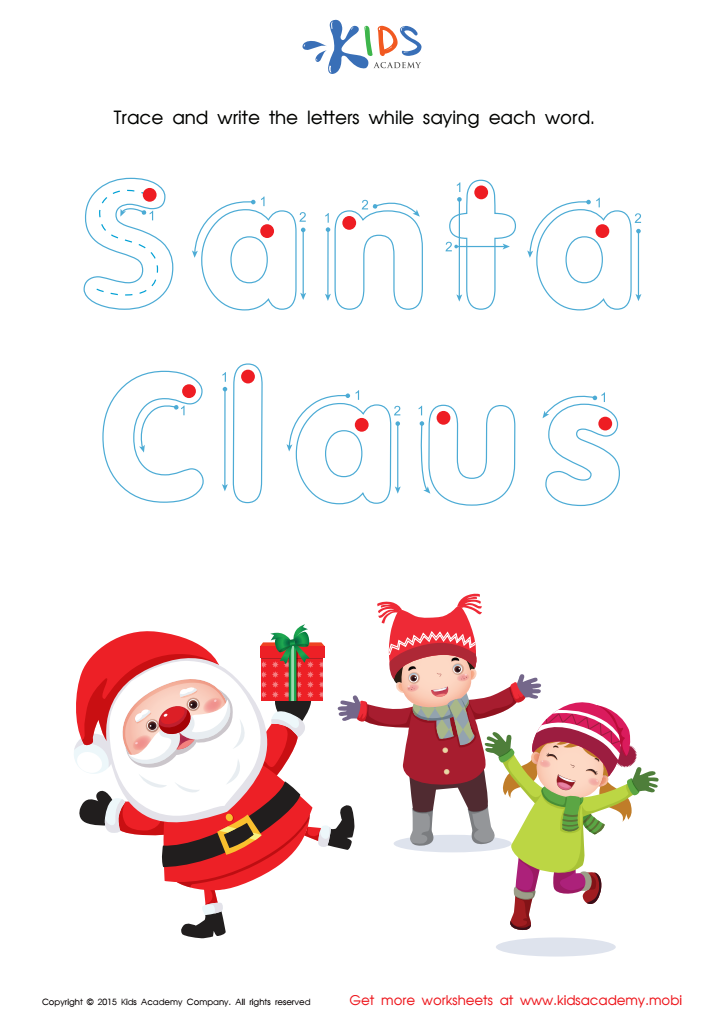

Santa Claus Tracing Winter Words Worksheet
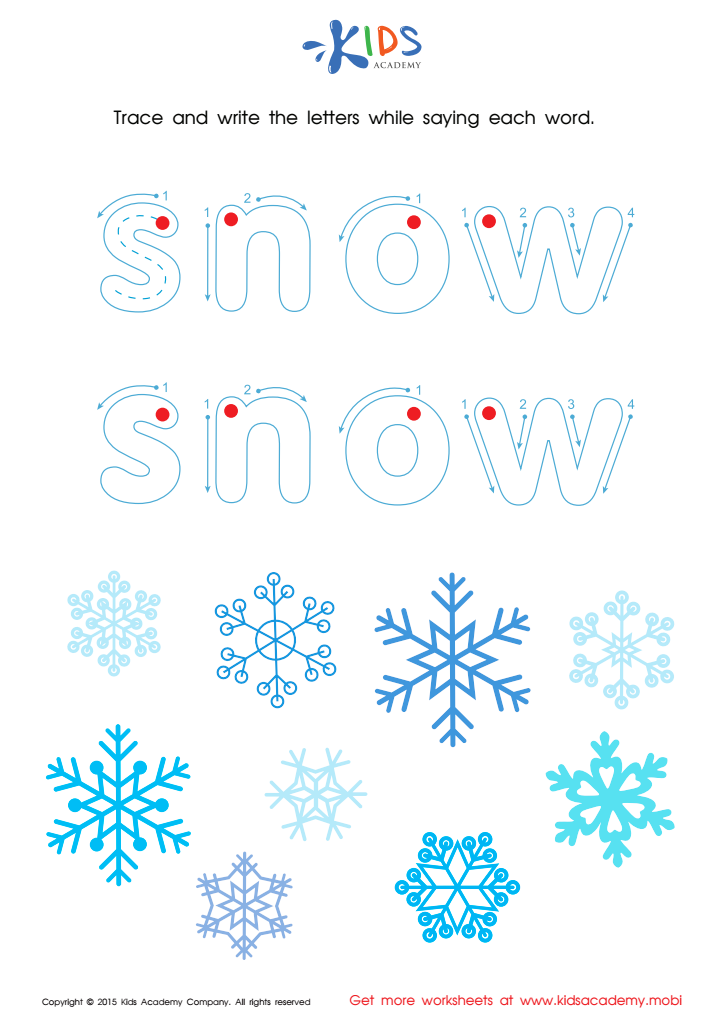

Snowflake Tracing Winter Words Worksheet
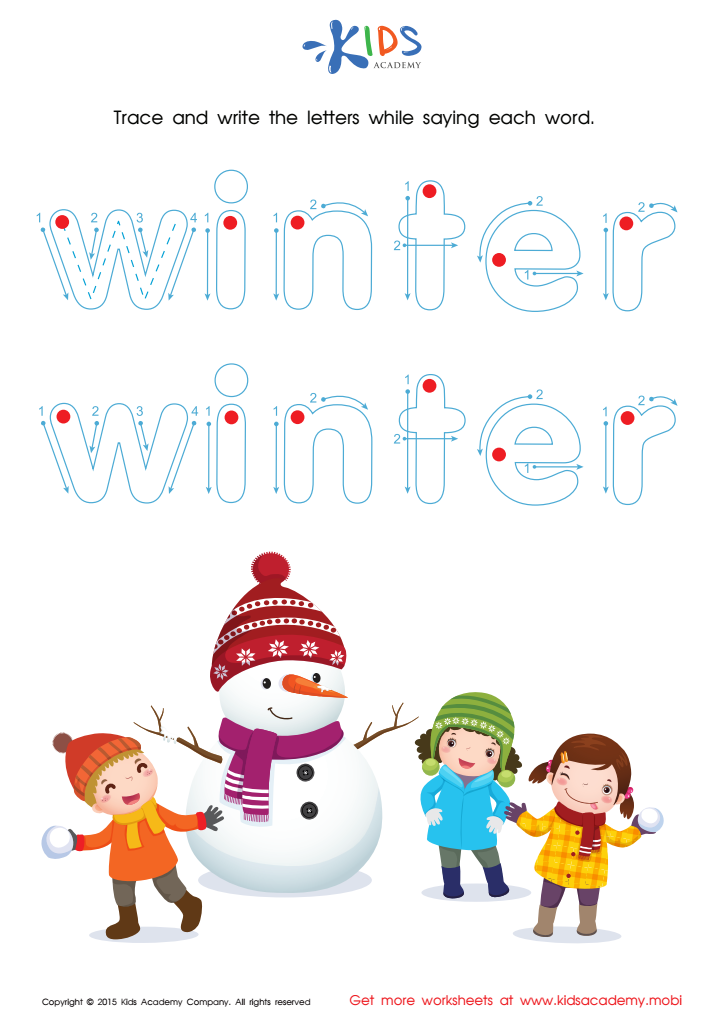

Snowman Tracing Winter Words Worksheet
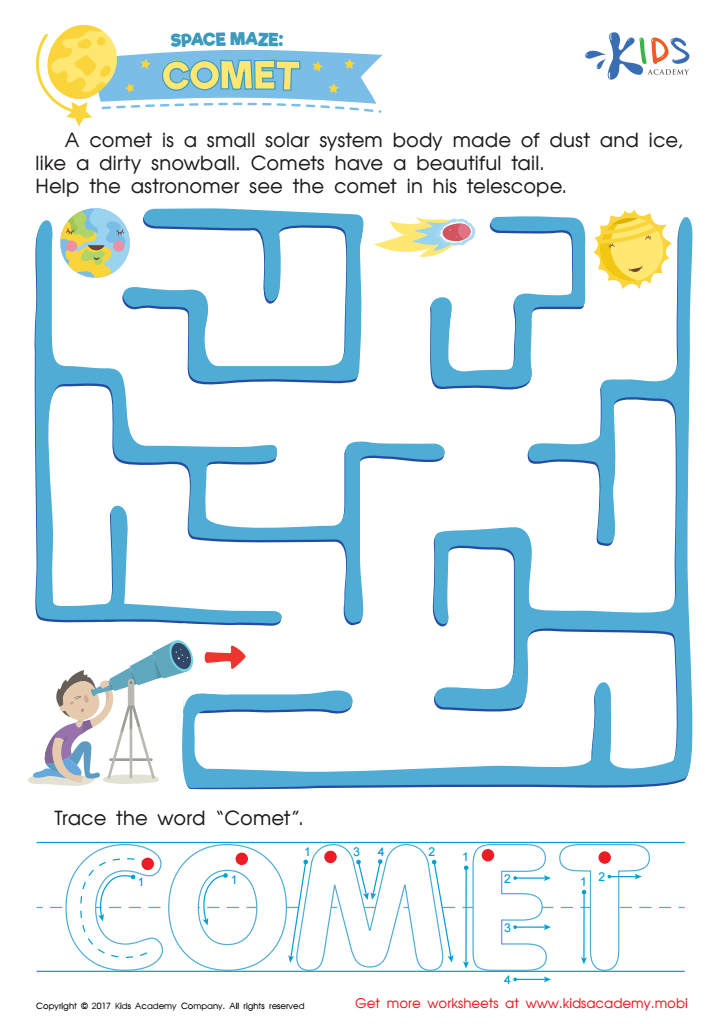

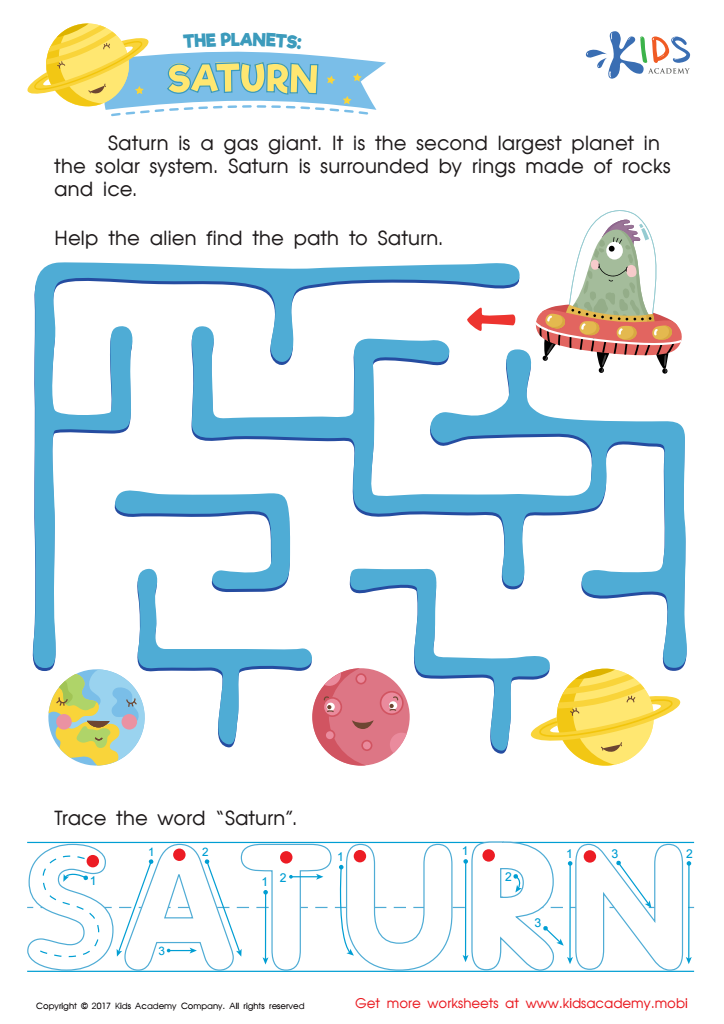

The Planets: Saturn Printable
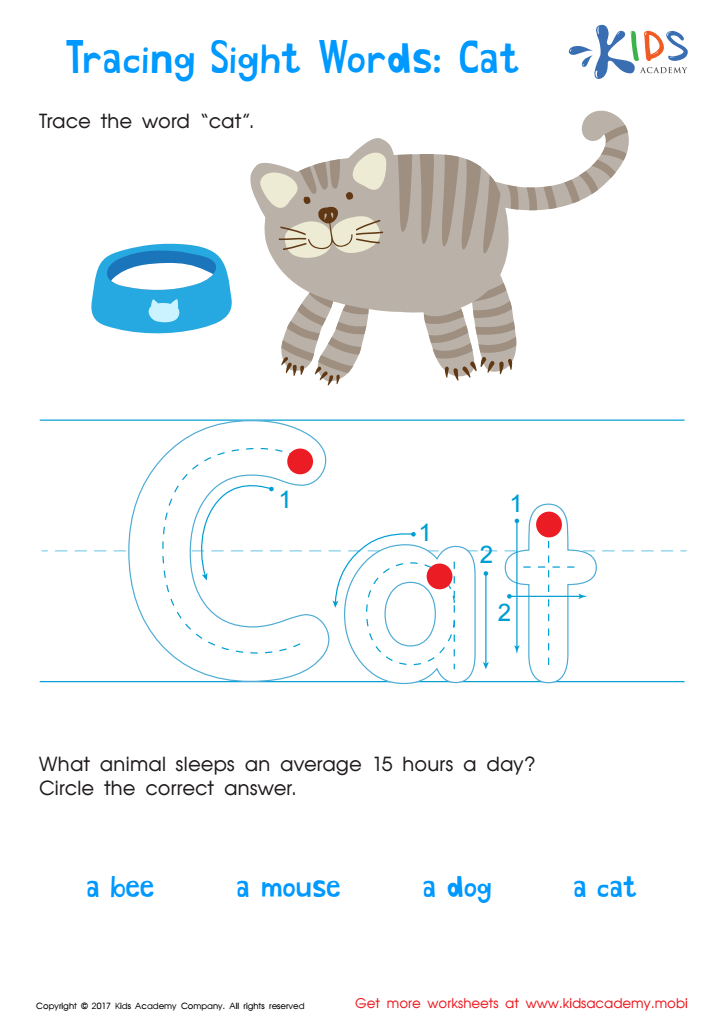

Cat Printable Sight Words Worksheet
Parents and teachers should care about tracing words for children aged 3 to 7, as this pivotal activity fosters foundational skills essential for future academic success. Tracing words helps young learners develop fine motor skills, enhancing their hand-eye coordination and the ability to control writing instruments. This physical development is crucial for dexterous activities they'll engage in throughout their lives.
Furthermore, tracing fosters literacy development. By tracing letters and words, children become more familiar with the shape and structure of letters, which lays the groundwork for reading and writing proficiency. It strengthens their understanding of the alphabet and improves their vocabulary and language skills, making learning other subjects more accessible.
Tracing words also boosts cognitive skills like memory, attention to detail, and understanding of language patterns. It promotes concentration and patience, essential traits for any learning process. Teachers and parents who emphasize tracing in early education help children build strong muscle memory for letter shapes and handwriting structure, fostering a sense of achievement and confidence.
In summary, tracing words isn’t merely about improving handwriting; it’s a comprehensive tool that aids fine motor development, literacy, cognitive abilities, and creating positive learning experiences. Prioritizing this activity ensures well-rounded early childhood development and a smoother transition to higher-level learning tasks.

 Assign to the classroom
Assign to the classroom
